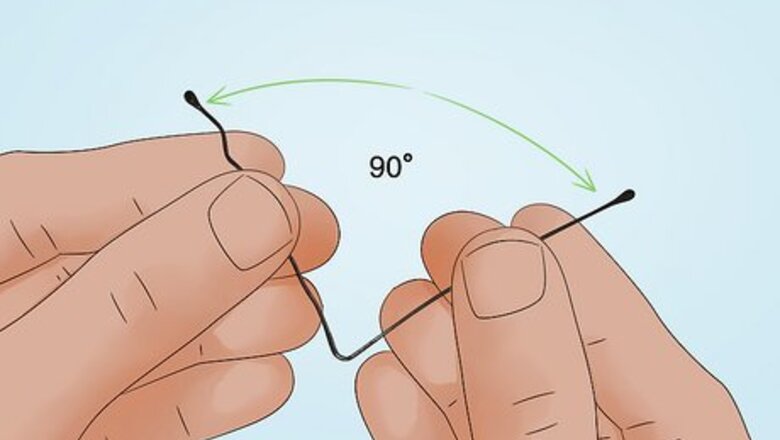
views
Creating the Pick and Tension Lever
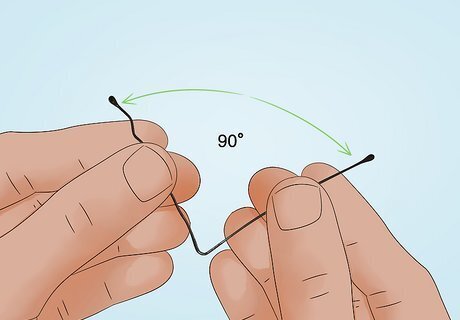
Open up a bobby pin and bend it at a 90-degree angle. Spread the wavy and straight ends of the bobby pin apart so that it bends at the center and looks like an L. This bobby pin will serve as the pick that you’ll use to unlock the door.
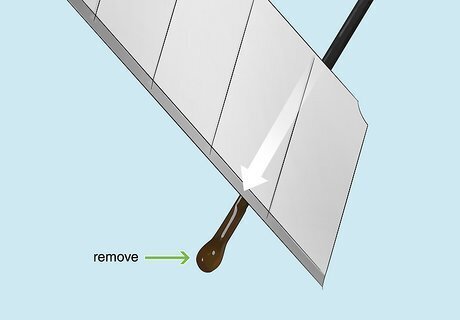
Remove the rubber tip on the straight end of the bobby pin. Use a knife or razor blade to remove the rounded rubber tip on the straight side of the bobby pin. This will be the end that you’ll stick into the lock to pick it. If you don’t have any tools, remove the rubber tip with your fingernail or teeth.
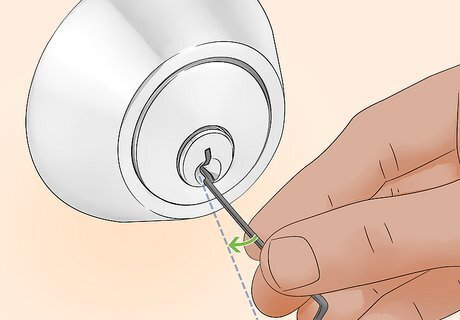
Stick the flat end of the pin into the top of the lock and bend it. Stick the pin in about 1 centimetre (0.39 in), then fold the rest the bobby pin until it's flush against the face of the doorknob. This will bend the tip at an angle. You’ll use the bent end of the pin to disengage the pins in the lock.
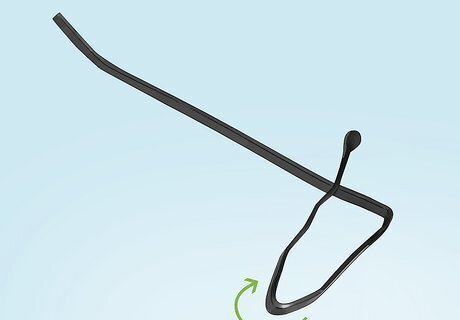
Bend the wavy end of the bobby pin into a handle for more control. Take the wavy end of the pick and bend it up at a 30-degree angle to create the handle. This step isn’t necessary but will make picking the lock easier and more comfortable for your hands. Once you’re done creating the handle, the pick is done. The curvy end of the bobby pin will look like a coffee mug handle once you’re done bending it.

Bend the tip of another bobby pin to make the tension lever. Take a separate bobby pin and bend the top 1/3 of the pin so that it forms a hook. Do not spread both sides of the bobby pin apart as you did with the pick. Instead, bend both sides of the bobby pin in the same direction. You’ll use the tension lever to actually turn the lock once you’ve picked it.
Picking the Lock
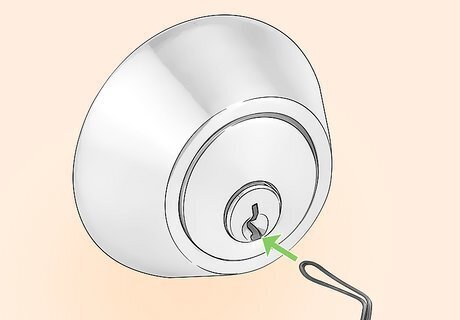
Stick the tension lever into the bottom of the lock. Take the shorter, bent end of the tension lever and stick it into the bottom hole in your door lock. The tension lever will hang down the front of your doorknob. You’ll use the lever to maintain tension on the lock as you pick it and as a way to rotate the doorknob once you've picked the lock.
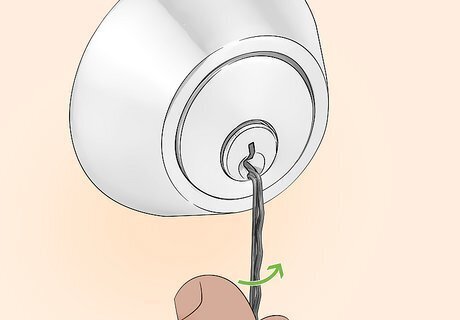
Push the lever counterclockwise to apply tension. Maintaining tension on the lever will rotate the barrel in the lock which will allow you to lift each individual pin. Push the lever until you feel some tension. You do not need to use a lot of force. Keep tension on the lock as you pick it. This tension is necessary or the pins will just drop back down into the barrel, keeping the knob locked.

Stick the pick into the lock and feel for the pins. Stick the slightly bent end of the pick into the lock so that the tip is facing upwards. The pins sit on the top portion inside of the keyhole. Feel for the pins with your pick by pushing down on the handle of the pick while it’s in the hole. Press down on the handle of the pick to push the pins up. Most traditional doorknobs will have 5 or 6 pins. A key pushes the pins up in the exact position they need to line up with the barrel, thus unlocking the door.
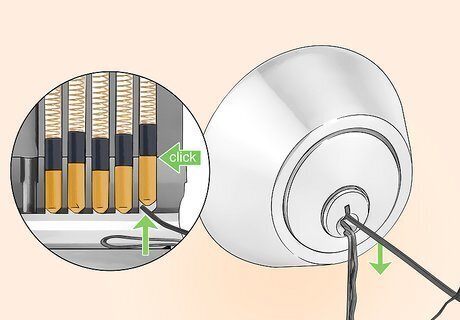
Push down on your pick until you hear a click. Some of the pins will slide up with ease as you push down on it with your pick, while others will have some resistance. Pins that have resistance are known as seized pins. Concentrate on the pins with a lot of resistance first. Locate a pin that’s hard to push up, and push down slowly on the handle of your pick until you hear a click. The click is the sound of the pin setting on the barrel. You need to set the seized pins first before setting the other pins in place.

Lift the rest of the pins in the door lock. Continue feeling for the pins with your pick and press down on the handle of the pick to lift up every pin. Once every pin is set on top of the barrel, the door will be unlocked.
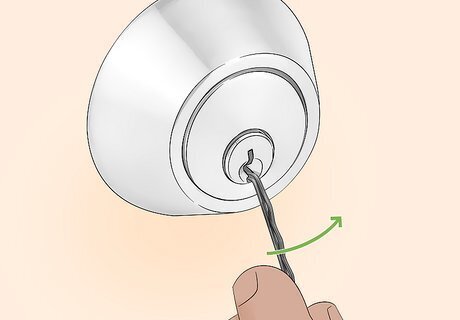
Turn the tension lever counterclockwise to open the door. Grab the end of the tension lever and turn it like a key until the door is unlocked. Your door is now unlocked! On most doors, you have to turn the tension lever counterclockwise to open the door but some doorknobs may differ. The tension lever will only rotate fully if the pins are correctly set on the barrel of the lock. Lock picking uses a rake and a tension wrench. The purpose is to slide along the lock's pins and push them into the cylinder. The pressure should be enough to catch the top pins and hold them in their place so the cylinder will spin once all pins are in place. You can make the pick by straightening the 180-bend in the hairpin. Then you will have a straight hairpin with little ridges. The little ridges will hit the pins and push them up as you slide the hairpin back and forth.













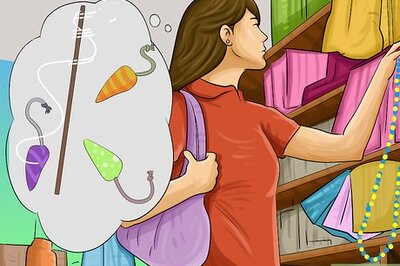


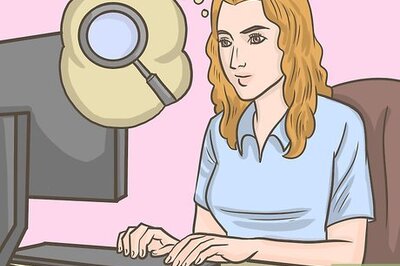

Comments
0 comment